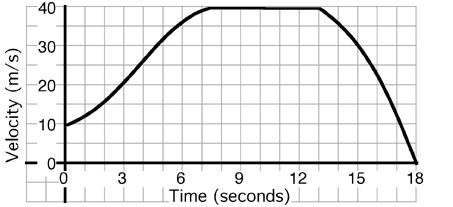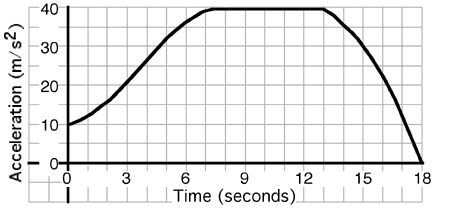Goal: Unspecified.
Source: Unspecified.

A student suggests that an unknown mass can be measured by placing a known mass on a frictionless incline and measuring the acceleration. Then place the unknown mass on the same incline and measure the acceleration. From this information you can find the value of the new mass. Will this work? Be prepared to explain.
- Yes
- No




Commentary:
None provided.